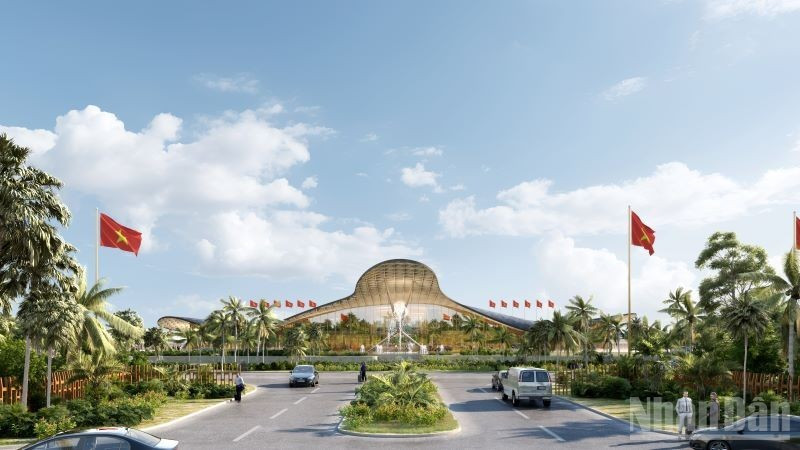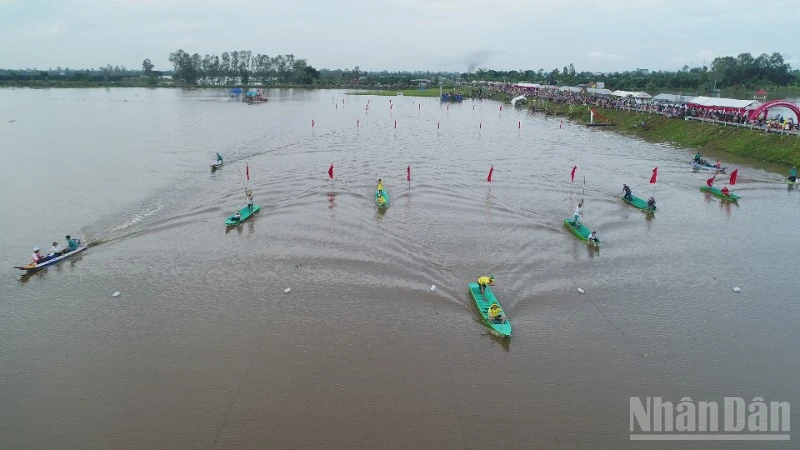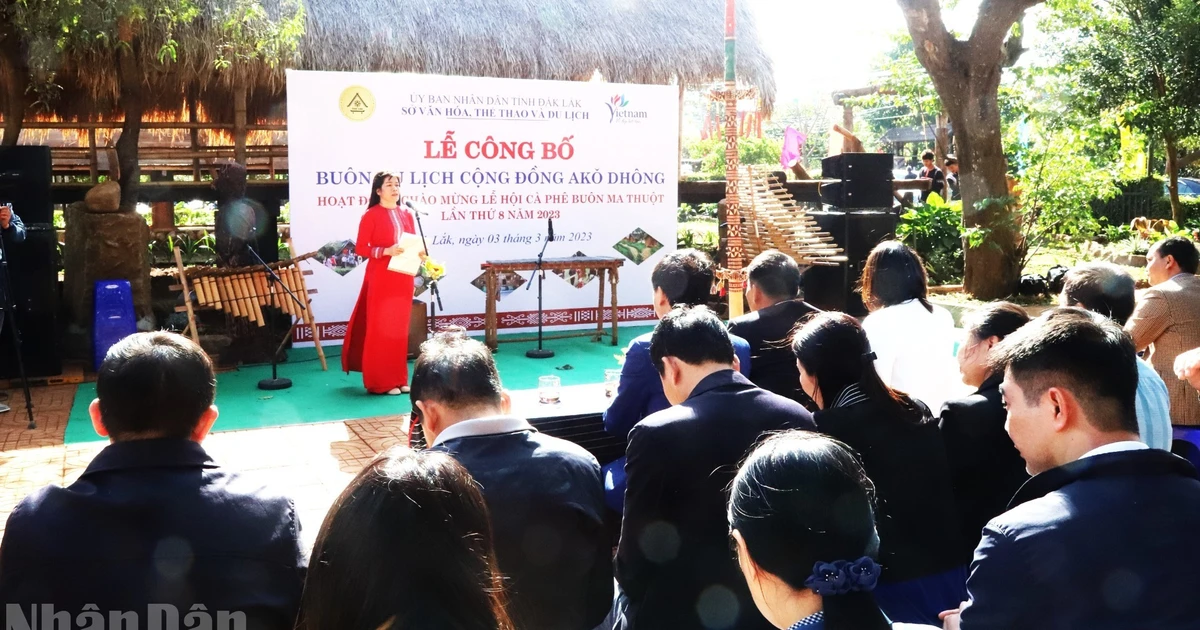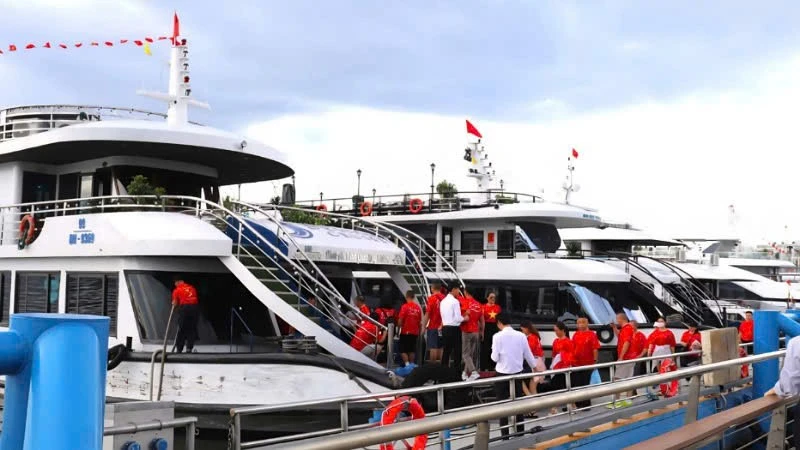Phu Quoc, the southern “pearl island” of the country, stands on the brink of a transformative phase with a wave of airport and urban infrastructure projects gearing up for APEC 2027.
Among these fast-tracked projects is the expansion and reconfiguration of Phu Quoc International Airport into a modern, convenient, and impressive “gateway” for APEC 2027 attendees.

According to the development plan, the airport will span more than 1,050 hectares and meet the 4E classification under the standards of the International Civil Aviation Organisation (ICAO), enabling it to accommodate wide-body aircraft such as the Boeing 747, 787, and Airbus A350.
Ahead of APEC 2027, the airport is expected to handle 18 million passengers annually—4.5 times its current capacity of 4 million—supporting the strong growth of Phu Quoc’s tourism and economy.
By 2050, the airport is projected to reach a capacity of 50 million passengers and 50,000 tonnes of cargo per year.
Notably, the airport will feature two runways: the existing runway will be extended to 3,500 metres, and a new 3,300-metre runway will be added.
The aircraft parking area will expand to more than 100 positions, including 45 slots for wide-body aircraft, with several equipped with modern boarding bridges to efficiently serve both international and domestic passengers.
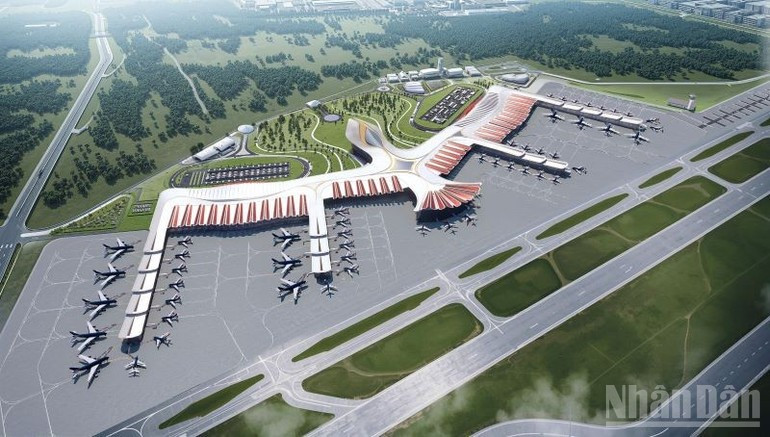
Beyond scale, Phu Quoc International Airport will stand as an architectural and technological landmark. The main passenger terminal draws inspiration from the phoenix—a symbol of royalty, power, and nobility.
This visionary design is the work of Singapore’s CPG Corporation, led by architect Steven Thor, Executive Vice President of CPG Consultants. With over 30 years of experience, Thor has created acclaimed projects including Hangzhou International Airport Terminal 2 and the Eastern Integrated Transport Hub of Shenzhen Airport.
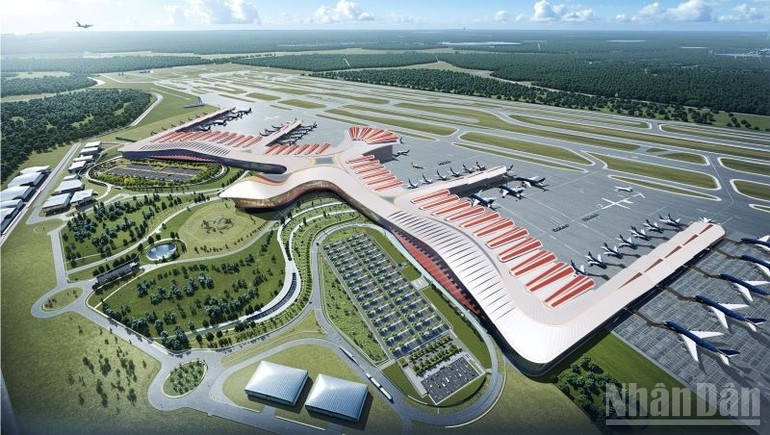
A key highlight of the airport is the integration of cutting-edge technologies, mirroring global leaders like Changi (Singapore), Haneda (Japan), and Beijing (China). Passengers will benefit from remote check-in, automated baggage handling, and biometric identification that reduces check-in times to just 15–30 seconds per person.
Smart traffic management and personalised passenger experience solutions will also be rolled out comprehensively.
In addition to the main terminal, Phu Quoc will build a VIP terminal designed by Italian architect Marco Casamonti—the creative mind behind the iconic Kiss Bridge in Phu Quoc.
Inspired by the image of the spotted eagle ray—symbolising freedom, grace, and harmony with nature—the VIP terminal combines architectural uniqueness with the capability to receive up to 300 guests simultaneously, including heads of state and high-level delegations.
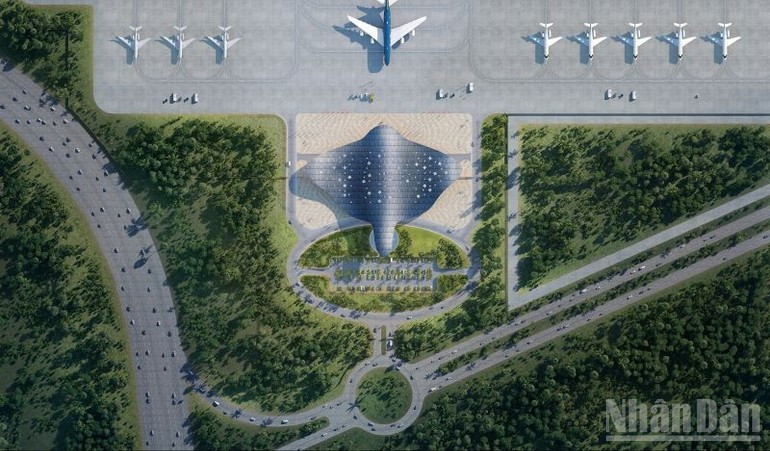
Aiming for completion in under two years, Phu Quoc International Airport is more than a transport infrastructure project—it is a symbol of Viet Nam’s ambition for development, integration, and global outreach.
In this new era, the airport will open the door to vast development potential for the “pearl island,” reinforcing Phu Quoc’s standing on the regional economic and tourism map.
